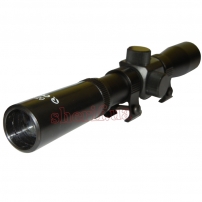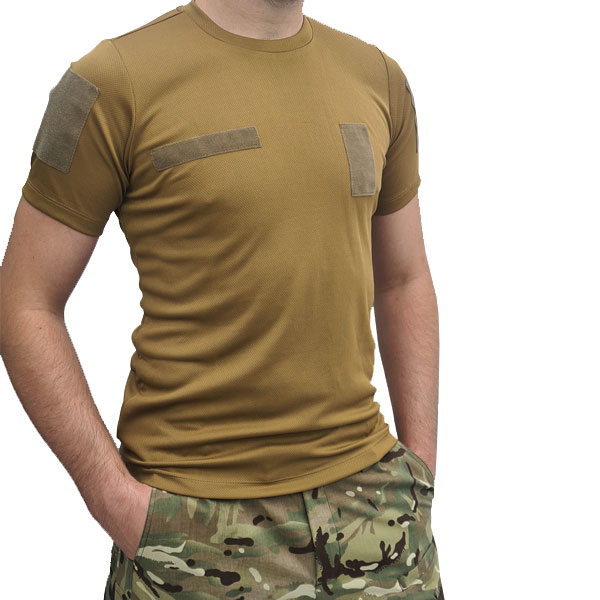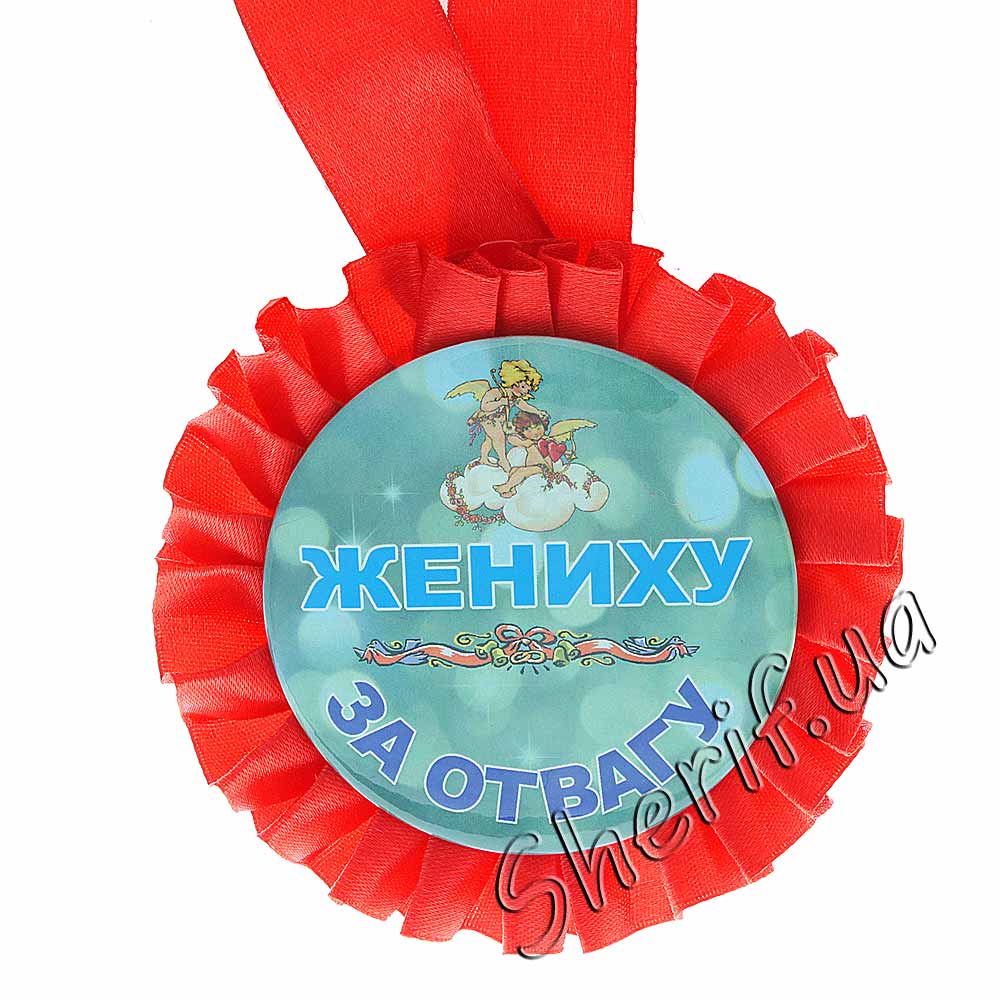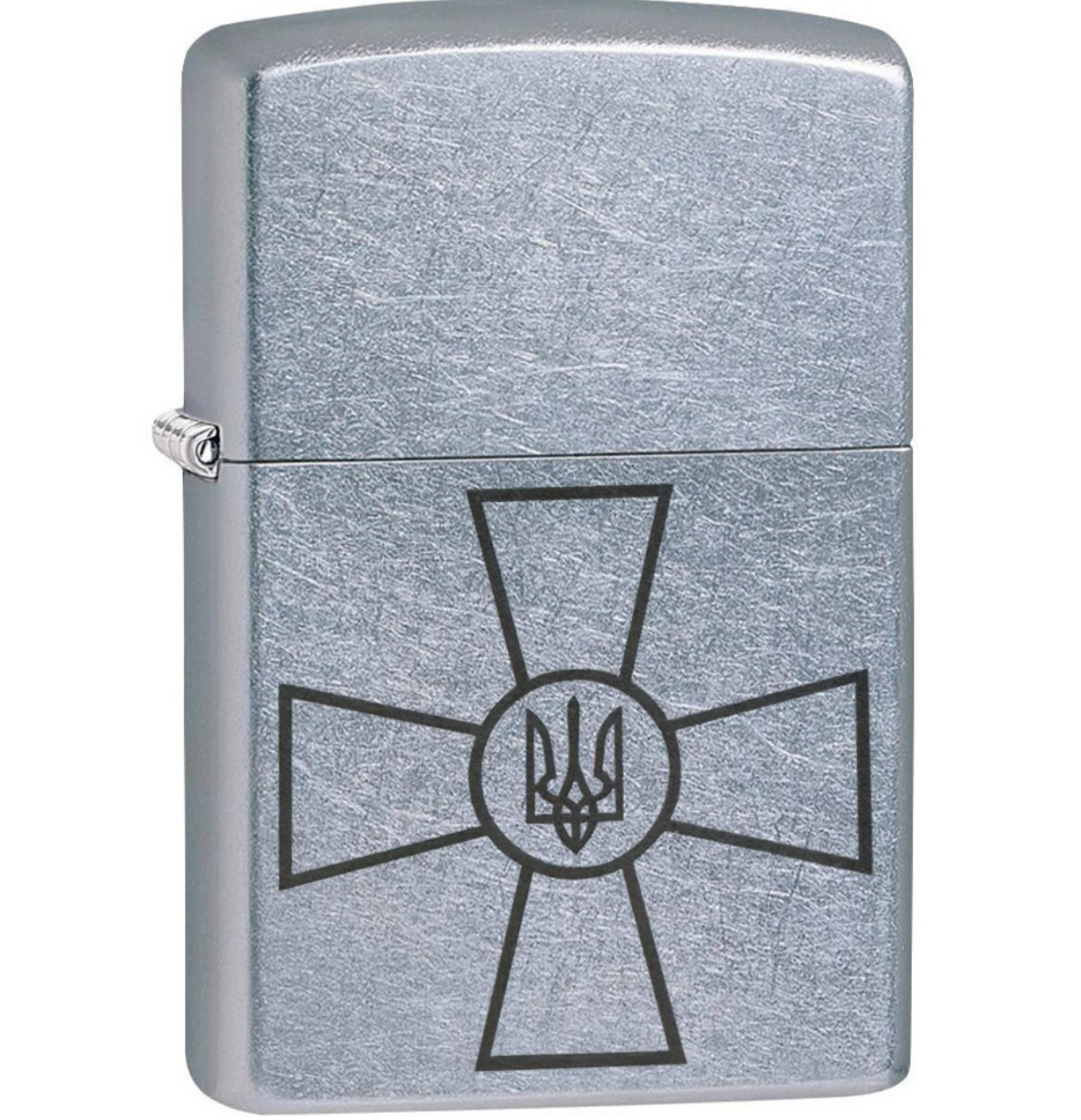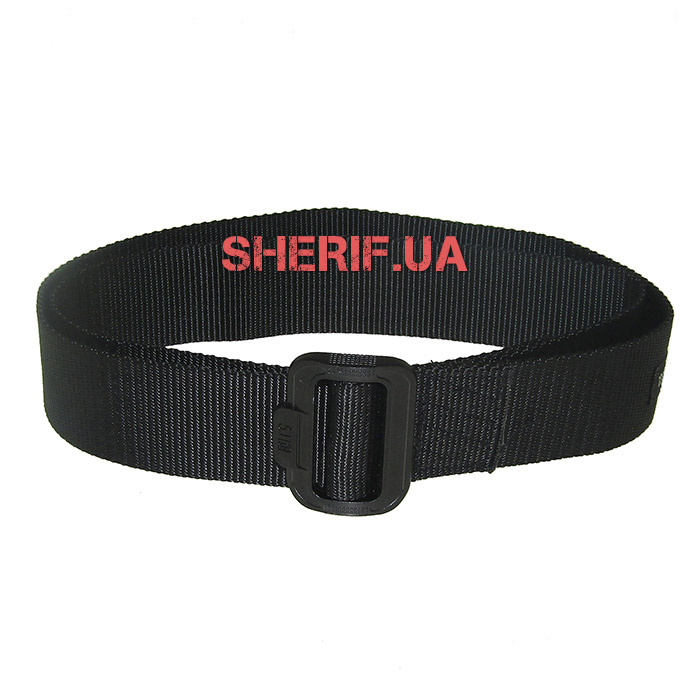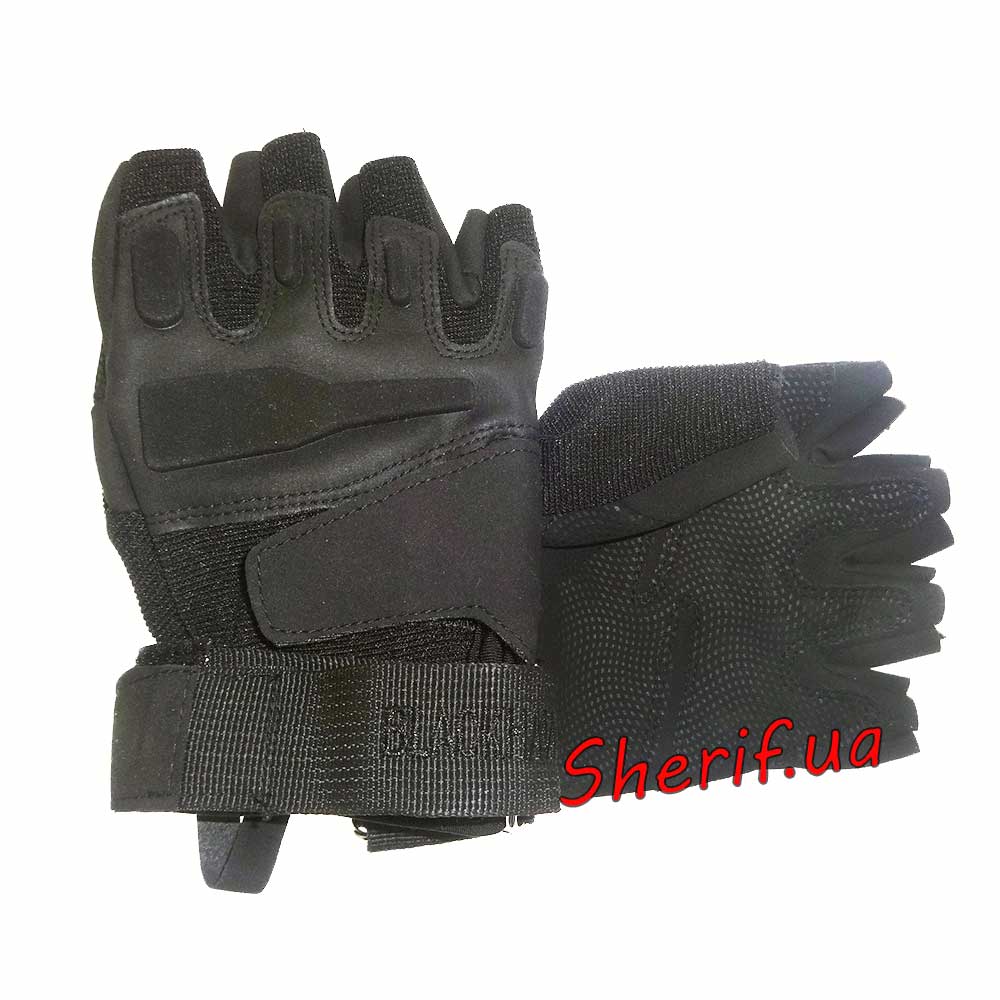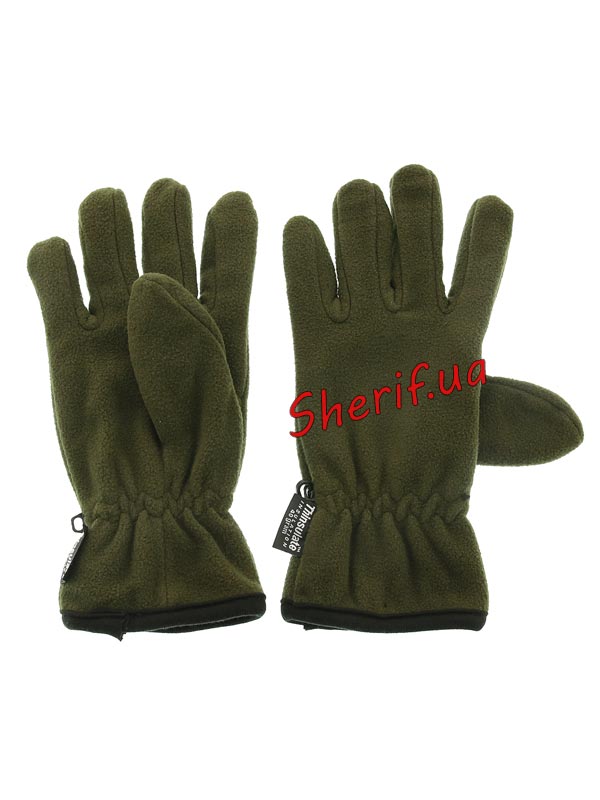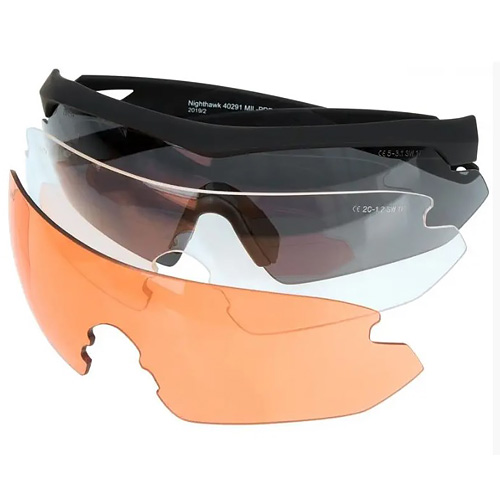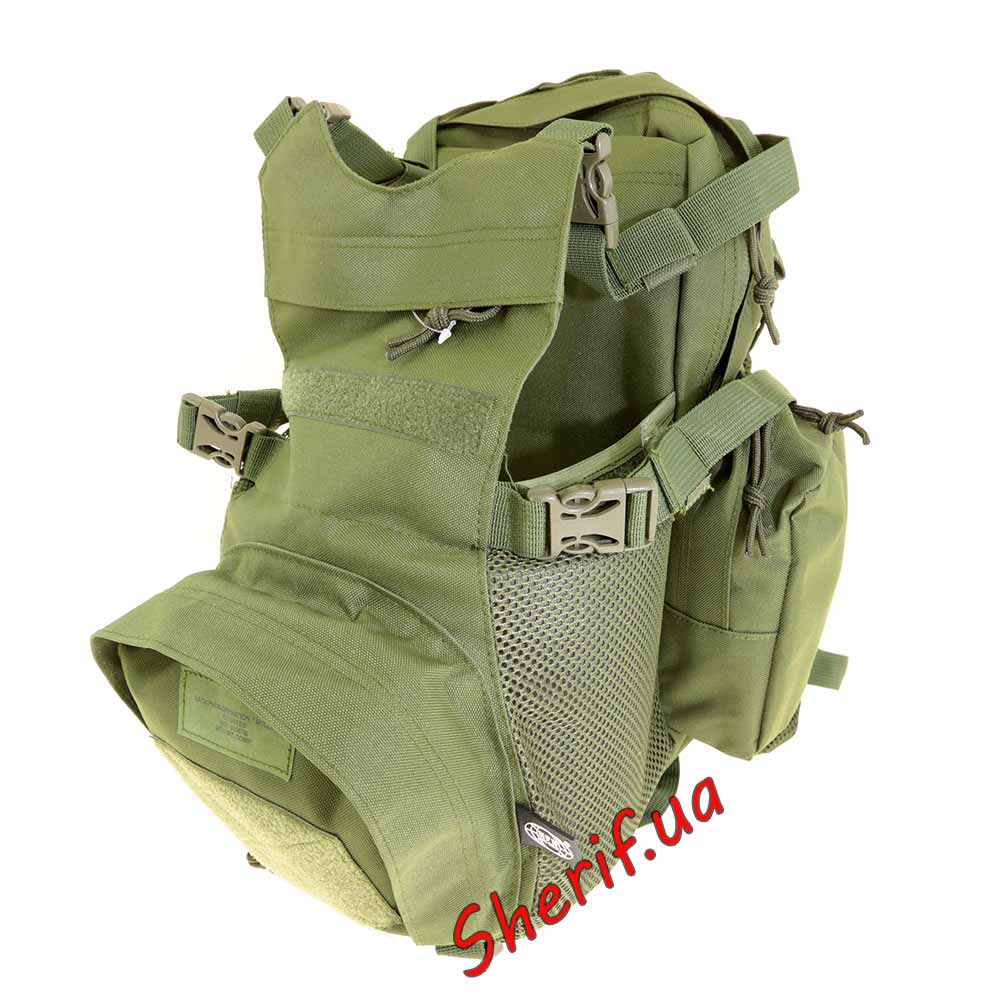√ Optical sights






| Продолжение каталога см. на след.страницах |
1. Story
2. The device of optical sights
3. Varieties
4. Selection Guide
5. Mounts
6. Where can I buy
1. From the history of sights
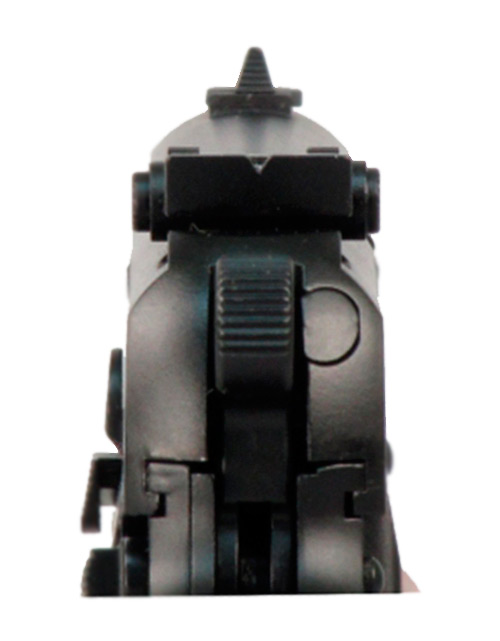 It is generally accepted that the sight is the same age as the front sight and the rear sight, in fact, two protrusions lying on the surface of the barrel in line with the target, otherwise called the aiming line. The front sight is almost always rigidly attached to the muzzle at the end of the barrel of the weapon , it can have different shapes (from simple rectangular or acute-angled to complex - with one or more fences), and the rear sight is closer to the shooter's eye. By increasing the distance between these objects, you can significantly improve the accuracy of aiming.
It is generally accepted that the sight is the same age as the front sight and the rear sight, in fact, two protrusions lying on the surface of the barrel in line with the target, otherwise called the aiming line. The front sight is almost always rigidly attached to the muzzle at the end of the barrel of the weapon , it can have different shapes (from simple rectangular or acute-angled to complex - with one or more fences), and the rear sight is closer to the shooter's eye. By increasing the distance between these objects, you can significantly improve the accuracy of aiming.
A significant push forward was the invention of optical sights . When the firing gun and, simply, a spyglass were practically connected together. Considering that the telescope itself was invented at the beginning of the 17th century, it is surprising that the sniper (optical) sight, as such, appeared only in the 19th among hunters, then during the American Civil War, and only in 1880 was August Fiedler created its modern prototype. After another 70 years, Frederic Kales modified the sight, making it possible to change the magnification. And this happened after half a century of mass production of optical sights by his company, the first of which, "Telorar", was produced by Carl Robert Kales back in 1900. Then the consumer was presented with five variations of sights, each made by hand with a different ability to magnify objects. The novelties were instantly appreciated by the hunters and sold out at the speed of light.
Further, in America and Europe, optical sights were improved both for lovers of hunting and for military operations.
During the First World War, they quickly realized the advantage of snipers in squads, which means that sights began to gain more and more momentum in development for military use.
In the twentieth century and beyond, in the twenty-first century, hunting began to experience its rebirth and began to turn from a profession into an expensive hobby, which contributed to the development of optics for hunting rifles.
I would also like to mention the popularity of pneumatic weapons among our contemporaries (primarily due to the fact that such weapons are legal even in those countries where firearms are strictly regulated by law or even prohibited for use by civilians), because it was it that served to develop a number of sights, specially designed for this type of guns.
2. The device of optical sights
Simple sights, as a rule, are included in the basic package of weapons. We will separately consider several optical-mechanical devices that increase the convenience of aiming.
An optical sight usually looks like a telescope with a complex lens system. For example, like BSA-Optics AIR 3-12x44 st.ret .
The case must be strong and light, so most often it is made of either steel or aluminum alloy. So that the structure does not absorb moisture and condensate does not form inside, it is filled with an inert gas under low pressure. From the inside, the case of high-quality samples is covered with an anti-reflective coating. The optical axes of the system are placed in a straight line. As with any other optical device , of course, the quality of the lenses comes first. The image quality will depend on them!
Of course, transparency and the absence of defects are the main criteria for the quality of lenses and depend both on the chemical composition of the glass and on the method of its production, compliance with technical standards. Even the smallest defects can not only distort the image, but also make it blurry. The low transparency of the glass significantly reduces the aperture ratio, which reduces the pleasure of shooting in twilight conditions and / or at high magnification. Unfortunately, such defects are not uncommon in low-cost lenses. That is why a special optical glass is used to make really high-quality sights. It has high strength characteristics and has a wide range of applications among optical instruments: cameras, binoculars , telescopes, etc.
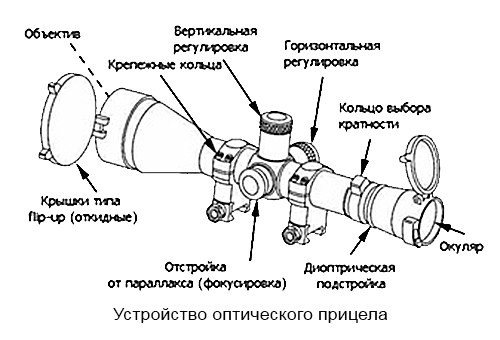
Among other things, a special coating (usually orange or blue-green) is applied to the lens, which significantly reduces light reflection and increases its permeability, making the output image brighter. Particularly advanced in the production of high-quality lenses are German, Japanese and American manufacturers.
An important indicator is also the ability to increase objects or the so-called multiplicity. For example, if the device is marked “4X”, this indicates that it has a fourfold increase. And that means that you will see any object at a distance of 100 meters as at a distance of 25 meters. The choice of magnification should be approached very responsibly, because, on the one hand, the greater this magnification, the better the target will be visible and the probability of hitting it at a considerable distance will increase. On the other hand, a large magnification nullifies aimed shooting at objects close by, especially moving ones.
No less important is the field of view indicator - this is the space that a person sees through the lens. It is of no particular importance in shooting at stationary objects and is indispensable when hunting.
The distance from the eyepiece to the eye is called the focal length (in many hunting forums it is also called the "eye distance"). This distance is usually from 50-80 mm for rifles to 300 mm for pistols. When developing optics, the type of weapon and its recoil must be taken into account. For the convenience of aiming, cutting off excess light, etc. the so-called "eyecup" is put on the eyepiece.
3. Varieties of optical sights
a. Optical night sights
The combination of a night vision device ( NVD ) and an optical sight in one device is called a night optical sight. The main task of such devices is to ensure accurate shooting in the dark. Three methods are used as the basis of the NVG mechanism: electro-optical conversion (EOC), observation in the near infrared spectrum and the use of thermal infrared.
The first type is cheaper, but has a significant drawback, such a device cannot work in absolute darkness. As an alternative, its variations using infrared illumination are used. It does not matter when hunting, because. most animals, like humans, do not see in the IR spectrum, but can be a serious problem when the enemy uses devices of the second and third types in military operations.
As for the IR observation option, it often requires either an integrated or a separately mounted IR illuminator to operate in complete darkness.
In our store you can buy a reliable and easy-to-use night vision scope .
We will talk about the third type of night sights separately.
b. Thermal sights
By fixing the heat emitted by objects, we can get a thermal picture of the world around us without the use of additional lighting. Such scopes work in a wide range of temperatures, building a picture according to their difference - the warmest objects will be the brightest. For example, an animal will glow brightly against a monotonous dim environment. Brightness helps to facilitate the search for a target, despite the mimicry of the color and shape of the victim.
Typically, manufacturers declare the operation of thermal imagers in the range from -50 to + 500 ° C. It's a fast-paced, high-tech aiming system. In a more or less modern form, such sights began to be produced in the 60s of the 20th century, but they really flourished with the invention of modern minidisplays. Still very expensive, but getting cheaper as the main components - the matrix and the lens become cheaper, they are devoid of several main problems of image intensifier sights - they can work in absolute darkness and not be afraid of "light" (i.e. light flash). In addition, such devices are invisible to an observer tracking IR illuminators. As sights, rather than separate devices, they can be placed either separately on the weapon rail, or as an attachment to a regular sight.
4. Recommendations for choosing sights
It is clear that if you do not have much experience in shooting or hunting, then it will be extremely difficult to decide on the choice of sight and its technical characteristics. What to pay attention to in the first place?
sight type
Based on the tasks that you have to solve as an arrow, you need to determine the type of sight. Will it be day or night shooting, at static or moving targets, what will be the operating conditions?
Lens magnification
For short distances, x2-x3 magnification is sufficient. Such characteristics are suitable for quick reaction, shooting at objects in motion, as well as using the sight as an observation device.
And, it is logical that for long distances a large magnification will be required, it will come in handy for well-aimed shots at static or slow-moving targets.
Focal length
For a gun with high recoil, 8 cm will be optimal, for a weak one - 2-3 cm, for a pistol you need at least 30 cm. Often a hint about focal length is such useful devices as eyecups. They will not only help you aim faster and better, but also protect your eyes from injury.
Lens diameter
It is important to know what time of day the shooting will take place. For daytime, a 40-45 mm lens is suitable. At the same time, the image quality of objects will be clear, and the weight of the device will not strain.
A lens with a diameter of 50-55 mm weighs a lot, but it is he who is ideal for night and low light. Beginners are better off starting with smaller scopes.
tightness
The body of the scope must be airtight and impact resistant. Definitely, you need to make a choice in favor of a waterproof sight. After all, you never know in what weather conditions you will use it. And even despite these data, the device should be stored in special cases and protected like your own eyes.
Recoil resistance
Not all scopes are the same for all types of weapons. Never use an unsuitable scope on a large caliber shotgun. At best, the sight will break, at worst, it will break and injure you. Read the instructions carefully, consult with more experienced shooters.
5. Scope mounts
The right choice of fastening will ensure a secure fit and stability of use. The range of these accessories is quite large. The most common type is mounts for rings with a bore diameter of 25.4 and 30 mm. There are also mounting straps for various types of sights . There are three types:
Dovetail Weaver (Weaver) Picatinny rail
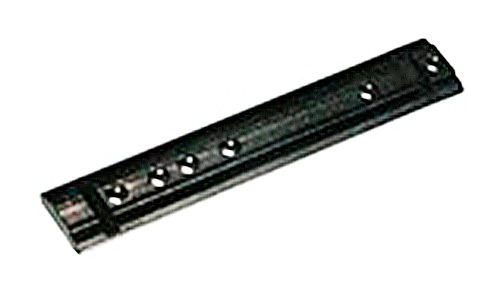
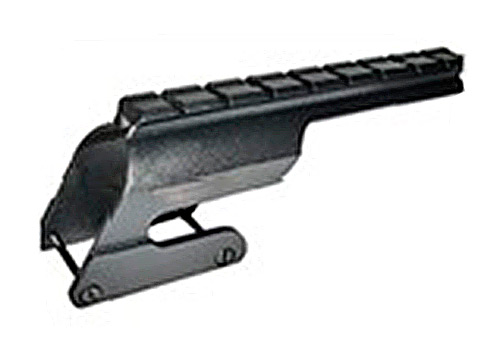
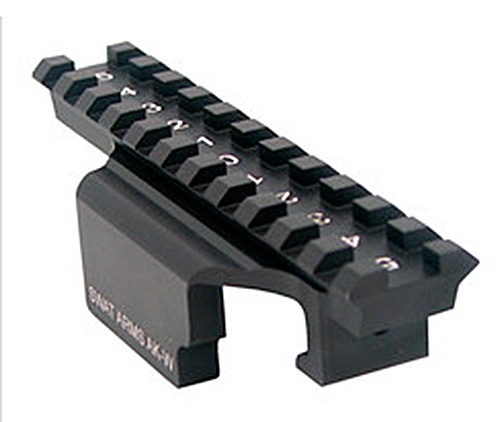
The rail for the sight can also be installed on the side of the barrel, if it allows. In this case, the sight will not overlap the native front sight.
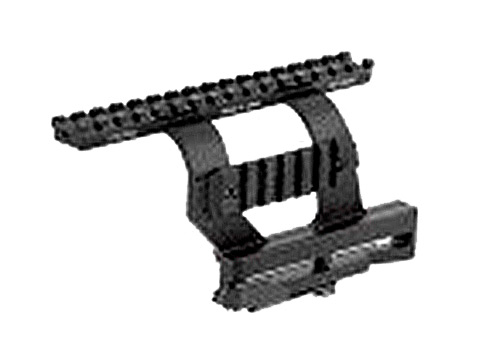
Today there is no such weapon under which the necessary mount would not be found. You can see our offer here .
Better yet, contact a qualified consultant, for example, in our Sheriff military equipment store .
6. Where to buy an optical sight inexpensively
Voentorg - military equipment store Sheriff presents an opportunity to buy sights at a good price from manufacturers such as UMAREX, WALTHER, Gamo, Tasko, Top Optical and other brands of manufacturers of high-quality sights.
All this and much more can be seen in person at the Sheriff at 9 Artema, Dnepropetrovsk or at sherif.ua with delivery throughout Ukraine.
(068) 300-5000 (063) 798-9999 (095) 233-0000 (068) 300-5000
(068) 300-5000







